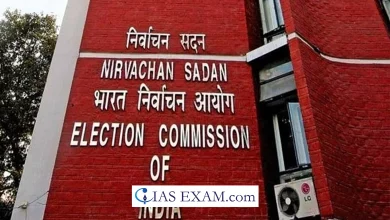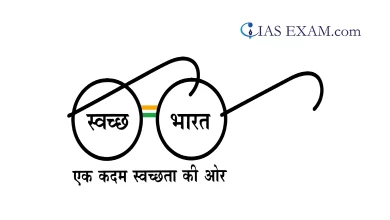UPSC Editorial Analysis
The ‘Global South’ Narrative

[GS Paper 2 – Bilateral, Regional and Global Groupings involving India]
Context – As India assumed the presidency of the G20 group of countries for 2022 to 2023, EAM S Jaishankar said on December 1 that India would be the voice of the Global South that is otherwise under-represented in such forums.
India is eager to become a bridge between the North and the South by focusing on practical outcomes rather than returning to old ideological battles.
What is Global South?
- The term has since been used multiple times, such as when Jaishankar said of ongoing global conflicts, “polarization may occur elsewhere, the people who suffer most are the Global South”.
- ‘Global North’ refers loosely to countries like the US, Canada, Europe, Russia, Australia and New Zealand, while ‘Global South’ includes countries in Asia, Africa and South America.
- For a long time in the study of international political systems, the method of categorizing countries into broad categories for easier analysis has existed.
- The concepts of ‘East’ and ‘West’ is one example of this, with the Western countries generally signifying greater levels of economic development and prosperity among their people. Eastern countries were considered as being in the process of that transition.
- Another similar categorisation is of First World, Second World and Third World countries. It referred to countries associated with the Cold war-era alliances of the US, the USSR, and non-aligned countries, respectively.
Related Concepts
- At the centre of these concepts is the World Systems approach introduced by sociologist Immanuel Wallerstein in 1974, emphasizing an interconnected perspective of looking at world politics.
- He said there are three major zones of production: core, peripheral and semi-peripheral. The core zones reap profits, being the owners of cutting-edge technologies – countries like the US or Japan.
- Peripheral zones, on the other hand, engage in less sophisticated production that is more labor-intensive. In the middle are countries like India and Brazil.
Need for New Terms
Global Shift of Power
- In the post-Cold War world, the First World/Third World classification was no longer feasible.
- This is because when the Communist USSR disintegrated in 1991, most countries had no choice but to ally at some level with the capitalist US – the only remaining global superpower.
Monolithic Classification
- The East/West binary was seen as often perpetuating stereotypical thinking about African and Asian countries. Categorizing incredibly diverse countries into a monolith was felt to be too simplistic.
- Also, the idea that some countries were ‘developed’ while others were not was thought to be too wide a classification, inadequate for accurately discussing concerns.
Issues with Developed Vs Developing
- Writing in 2014 from the perspective of his organization’s philanthropic activities, Bill Gates said of the ‘developing’ tag. It found an irony that- any category that lumps China and the Democratic Republic of Congo together confuses more than it clarifies.
- Some so-called developing countries have come so far that it’s fair to say they have developed. A handful of failed states are hardly developing at all. Most countries are somewhere in the middle.
Emergence of Global South
- Colonial past: A big commonality between the South countries is that most have a history of colonization, largely at the hands of European powers.
- No say since decolonization: Region’s historical exclusion from prominent international organizations – such as from the permanent membership of the UN is intriguing.
- Consciousness for decision-making: As bodies like the UN and the IMF are involved in major decision-making that affect the world in terms of politics, economy and society, the exclusion is seen by these countries as contributing to their slower growth.
- Economic emergence: China and India have emerged economically sound in the past two decades.
- Declining US hegemony: Many consider the world to now be multipolar rather than one where the US alone dominates international affairs.
- Climate reparations: In the ongoing debate, Northern countries are paying for funding green energy, having historically contributed to higher carbon emissions.
Challenges
- Political consistency: In the past, India’s ideological enthusiasm for the Global South was not matched by material power and political will.
- Bridging the neighbors: India must also come to terms with the fact that the Global South is not a coherent group and does not have a single shared agenda.
- Despaired south: There is much differentiation within the South today in terms of wealth and power, needs and capabilities.
- Defiance from NAM: India’s Third World strategy (and Non-Aligned Movement) in the Cold War era was undermined by multiple internal and regional conflicts within the Global South.
Way Forward
- More engagement in neighborhood: Championing the Global South today would demand more active Indian engagement with the messy regional politics within the developing world.
- Political coherence: If India can translate this ambition into effective policy, there will be no contradiction between the simultaneous pursuit of universal and particular goals.





.png)



